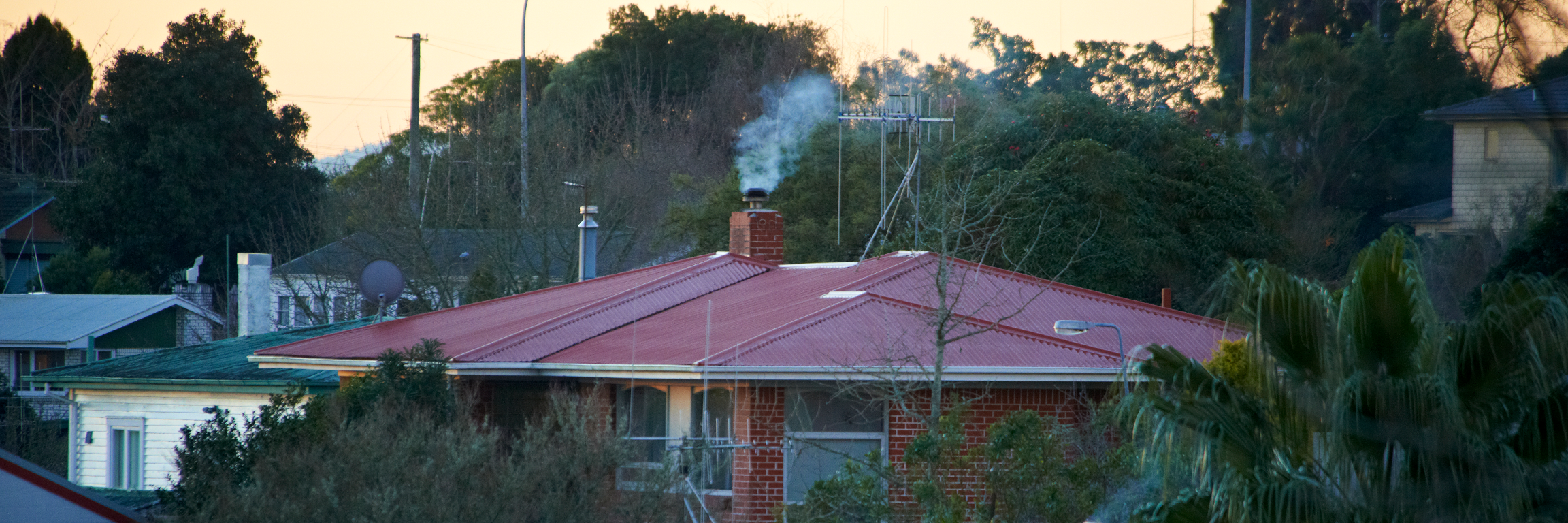Air is made up of two main gases - nitrogen and oxygen - with small amounts of carbon dioxide and other gases.
Air becomes polluted when contaminants are in air for long enough, and at concentrations high enough, to affect humans, plants, animals, property, or amenity values (visibility and odour).
Air pollution can happen on a:
- local scale - typically odour, dust and smoke
- regional scale - emissions from transport and large industries
- global scale - climate change and ozone depletion.
Types of air contaminants
Air contaminants can be solid, liquid or gas in form, and can come from many sources. Some are natural, but many are human-made.
Learn more about common air contaminants in the Waikato region, below.
Our air becomes polluted when contaminants are in air for long enough, and at concentrations high enough, to affect humans, plants, animals, property, or amenity values (visibility and odour).
What can we do to protect air quality?
-
- In our Regional Policy Statement, Waikato Regional Council has identified the need to reduce the adverse effects on air quality caused by cumulative, diffuse, broad scale or multiple discharges from home heating appliances and transport.
- Our Waikato Regional Plan advocates for education about domestic sources of air contaminants, regulation of them, and about decreasing transportation sources of air contaminants such as benzene.
- We require resource consents with specific conditions for activities that might release a significant amount of contaminants into the air.
- We work with communities and businesses, helping them learn more about what they can do to help improve air quality. We also support industry-based guidelines and codes of practice that help reduce air pollution.
- We have tested vehicle emissions, promoting vehicle maintenance.
- We encourage land use planning that minimises reliance on motor vehicles.
- We encourage development of efficient and effective public transport.
- We are examining options for regulating domestic sources of carbon monoxide.
- We provide information for householders on reducing air pollution from home fires.



To ask for help or report a problem, contact us
Tell us how we can improve the information on this page. (optional)